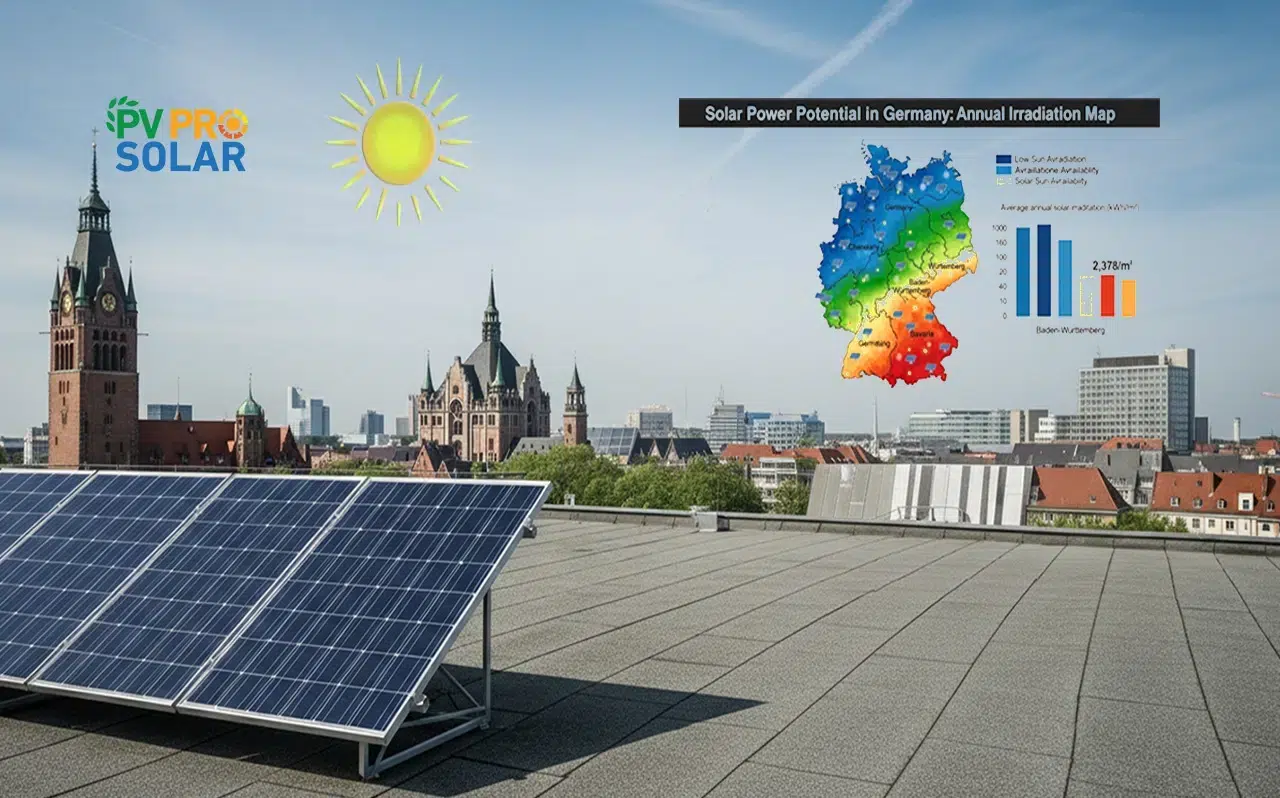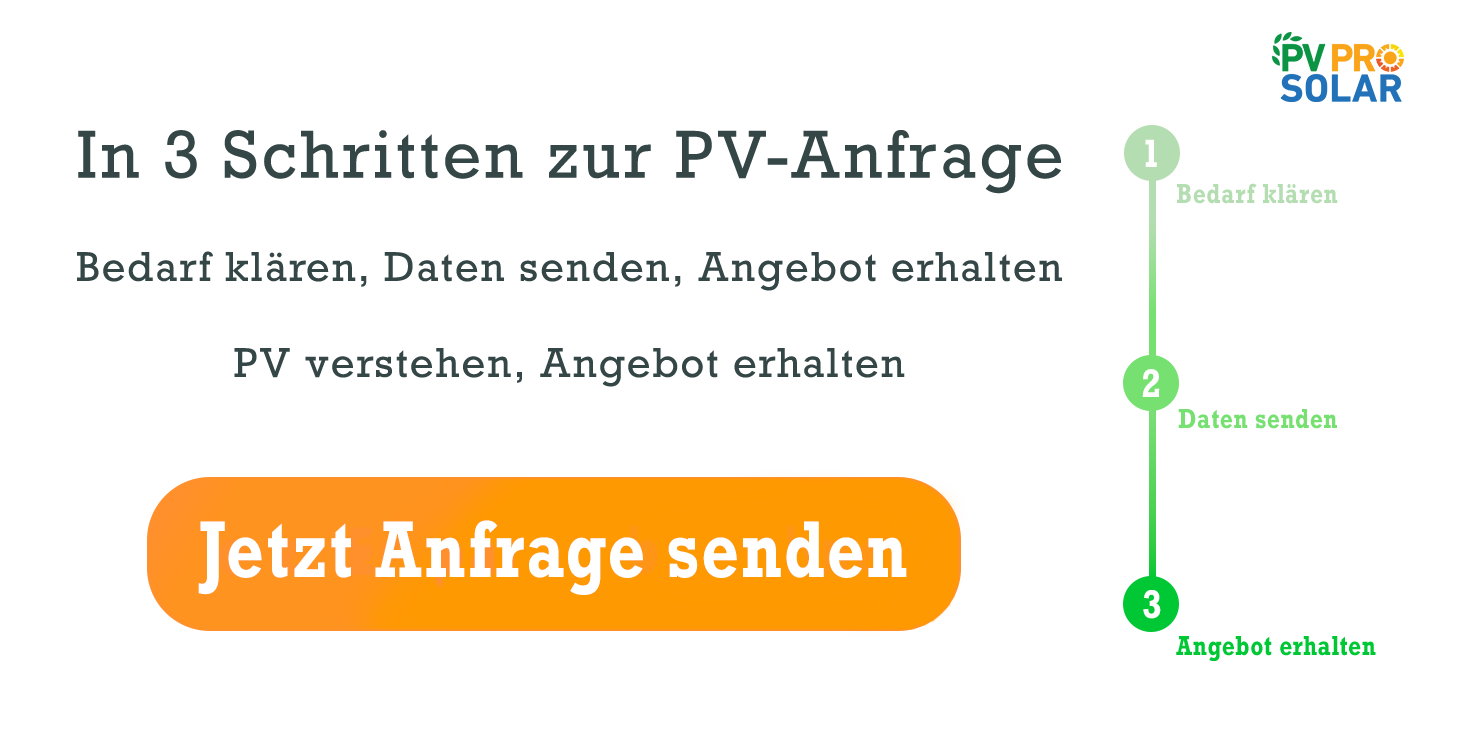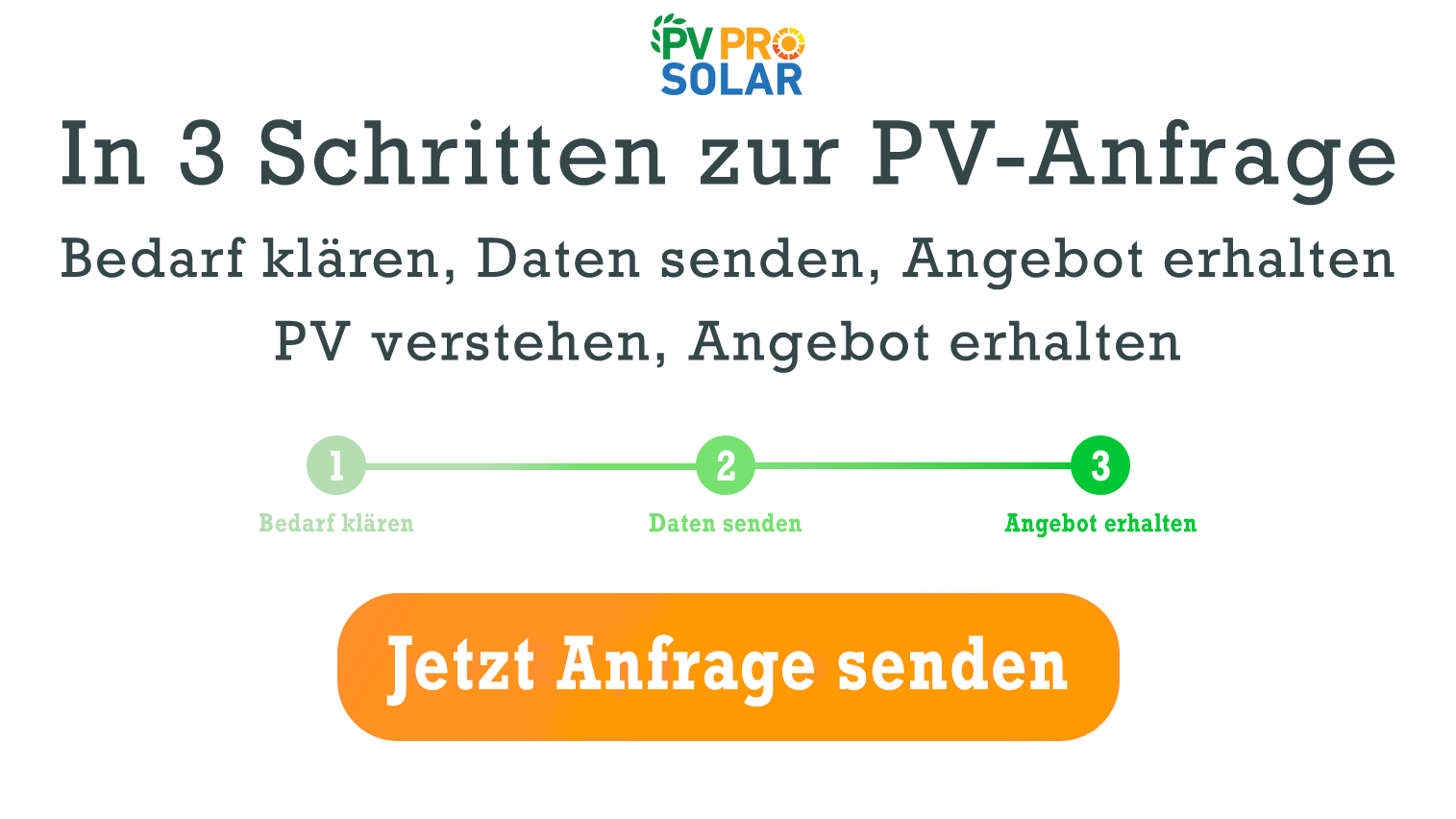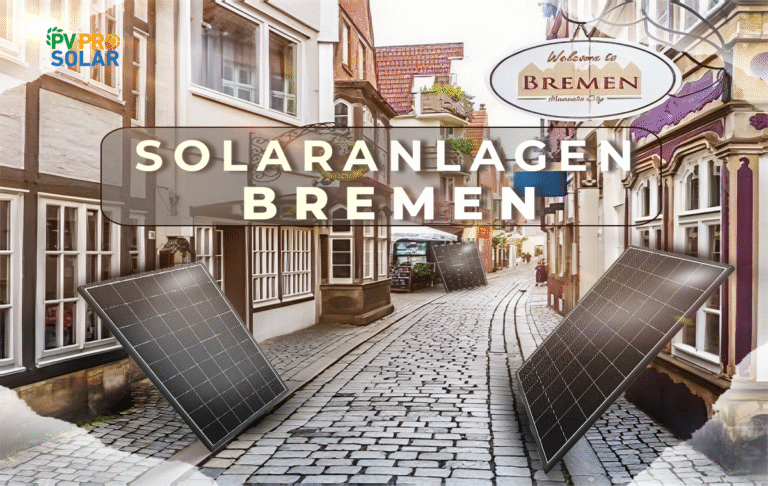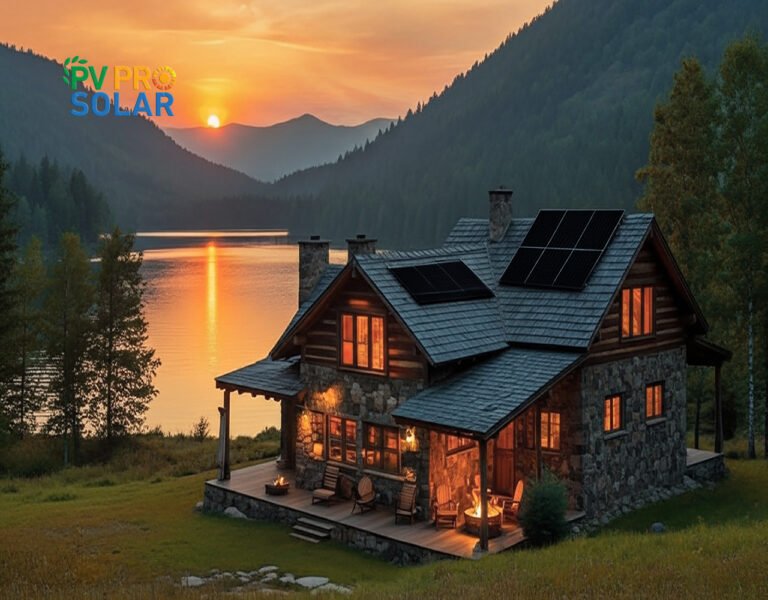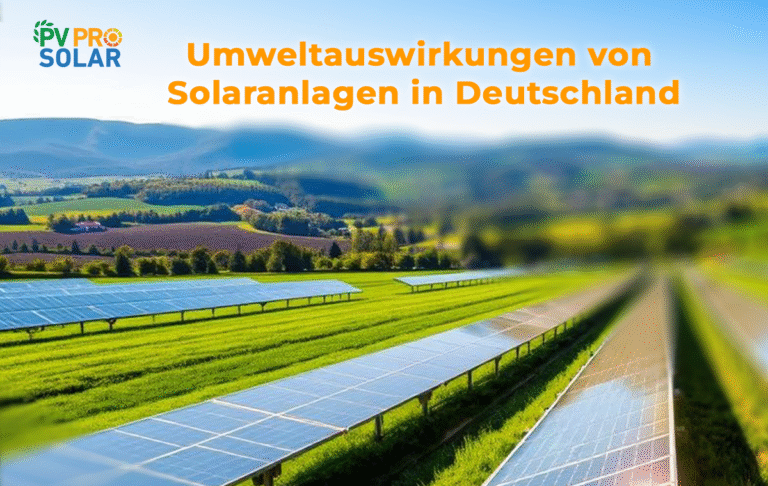How Much Sun Does Germany Get for Solar Panels? A Complete Guide 2025
Homeowners, businesses, and municipalities in Germany often wonder if the country gets enough sun to make solar panels profitable. The weather can feel unpredictable, and winters seem gloomy. Data shows a different story: Germany receives sufficient sunshine hours and solar radiation to run photovoltaic systems reliably and efficiently. This guide answers key questions, provides regional insights, and explains why solar remains a smart investment in 2025.
How much sun does Germany get on average per year?
Germany receives between 1,600 and 2,000 sunshine hours annually, depending on location. This puts the country in the mid-range compared to the rest of Europe.
- Freiburg: over 1,800 hours per year
- Hamburg: about 1,500 hours
- National average: about 1,700 hours
More important than hours is the global solar irradiation—the total solar energy that hits one square meter of surface.
- Germany’s average: 1,000–1,200 kWh/m² per year
- Modern solar panels convert sunlight with 20–22% efficiency
This means even with average sunshine, panels can generate significant electricity.
Which regions in Germany get the most sunshine?
The distribution of sunshine is not uniform.
- Southern Germany (Bavaria, Baden-Württemberg): 1,800–2,000 hours
- Eastern Germany (Saxony, Brandenburg, Thuringia): 1,700–1,900 hours
- Northern Germany (Lower Saxony, Schleswig-Holstein): 1,500–1,700 hours
- Western Germany (NRW, Rhineland-Palatinate, Saarland): 1,600–1,800 hours
Sunny cities:
- Freiburg: up to 2,000 hours
- Regensburg: about 1,900 hours
- Munich: about 1,850 hours
Less sunny cities:
- Hamburg: about 1,500 hours
- Bremen: about 1,550 hours
Even in the north, modern solar modules remain profitable.
How many sunshine hours are needed to make solar panels profitable?
Solar panels in Germany are worthwhile from around 1,000 sunshine hours per year.
Why?
- Panels still deliver stable electricity under lower irradiation.
- Self-consumed solar power reduces dependency on high utility costs.
- Incentives like the feed-in tariff improve profitability.
Example calculation:
- A 10 kWp system in Bavaria (1,900 hours) produces 10,500–12,000 kWh yearly.
- The same system in Hamburg (1,500 hours) delivers 8,500–9,500 kWh.
Both scenarios lead to payback within a few years.
How does roof orientation affect solar yield?
- South-facing: Best, up to 100% yield
- East-West facing: 90–95% yield, with steady production throughout the day
- North-facing: Less suitable, about 60–70% yield
Tip: Flat roofs allow flexible mounting toward south or east-west.
What role does roof tilt play for solar panels?
Tilt affects sunlight angle.
- Optimal in Germany: 30–35°
- Flat roofs (10–20°): slightly lower yield, adjustable with mounting systems
- Steep roofs (>45°): better in winter, weaker in summer
Most German roofs work well for PV.
How does solar irradiation differ in summer and winter?
- Summer: 60–70% of annual yield
- Winter: 30–40%
Example:
- A 10 kWp system produces 1,200–1,300 kWh in July
- Only 200–300 kWh in December
Even in winter, panels still produce electricity.
How does climate affect solar panel performance?
Heat does not always mean higher output.
- High temperatures reduce panel efficiency
- Cool, sunny days (spring, autumn) are optimal
- Dust, snow, and shading reduce yield
Germany’s temperate climate is favorable for stable solar output.
What are the differences between North and South Germany?
- South Germany: up to 20% higher yield
- North Germany: less sun but cooler air, which helps module efficiency
In numbers:
- Bavaria system: about 10,500 kWh/year
- Lower Saxony system: about 8,800 kWh/year
How many kilowatt-hours does a PV system produce in Germany per year?
Rule of thumb: 900–1,200 kWh per kWp annually.
- 5 kWp system: 4,500–6,000 kWh
- 10 kWp system: 9,000–12,000 kWh
- 30 kWp system: 27,000–36,000 kWh
A typical 4-person household uses about 4,500 kWh/year—covered by a 5 kWp system.
Which technologies help capture more sun in Germany?
- Bifacial panels: absorb light from both sides
- Tracking systems: panels follow the sun’s position
- High-efficiency modules: >22% efficiency
- Battery storage: makes solar power usable at night
- Smart home systems: optimize self-consumption
How can solar yields be calculated in Germany?
Tools like PVGIS and rechner.solar give reliable forecasts.
Factors: location, tilt, orientation, shading.
Example:
- 10 kWp in Hannover: ~9,200 kWh/year
- 10 kWp in Munich: ~10,800 kWh/year
How much CO₂ can a solar panel system save?
- 1 kWh of solar power saves about 0.6 kg of CO₂ compared to coal.
- A 10 kWp system with 10,000 kWh annual yield saves 6 tons of CO₂ per year.
- Over 20 years: 120 tons of CO₂.
Is solar power profitable in Germany without maximum sunshine?
Yes. Reasons:
- Falling solar panel costs
- Rising electricity prices
- Government incentives
- Long module lifespans (25–30 years)
What subsidies exist for solar systems in Germany?
- EEG feed-in tariff
- KfW low-interest loans
- Regional programs (e.g. Lower Saxony, Bavaria)
- Battery storage subsidies
What role do batteries play with limited sunshine?
- Boost self-consumption from 30% up to 80%
- Common household storage size: 5–10 kWh
- Benefit: solar power available evenings and nights
How does Germany’s geographic location impact solar?
- Latitude: 47°–55° North
- Less irradiation than Southern Europe
- Still strong enough for reliable yields
What solar trends will improve sunshine use in Germany?
- Perovskite cells: >30% efficiency under development
- Agri-PV: combines farming and solar
- Building-integrated PV: panels in facades and windows
- AI systems: predict yield and manage operations
Germany gets more sun than many assume. With 1,600–2,000 sunshine hours and 1,000–1,200 kWh/m² global irradiation annually, solar potential is high. PV systems reliably generate electricity, lower bills, and cut CO₂. Even in northern regions, solar is profitable. With advancing technology and storage solutions, solar energy is becoming more efficient. Investing now secures a clean and cost-effective energy source.
A 10 kWp system generates 9,000–12,000 kWh, depending on location, tilt, and orientation.
Yes. Even in Hamburg or Bremen, solar systems deliver enough electricity to cover household needs. Adding storage increases self-consumption further. How much electricity does a solar panel system in Germany produce annually?
Is solar power profitable in Northern Germany?
